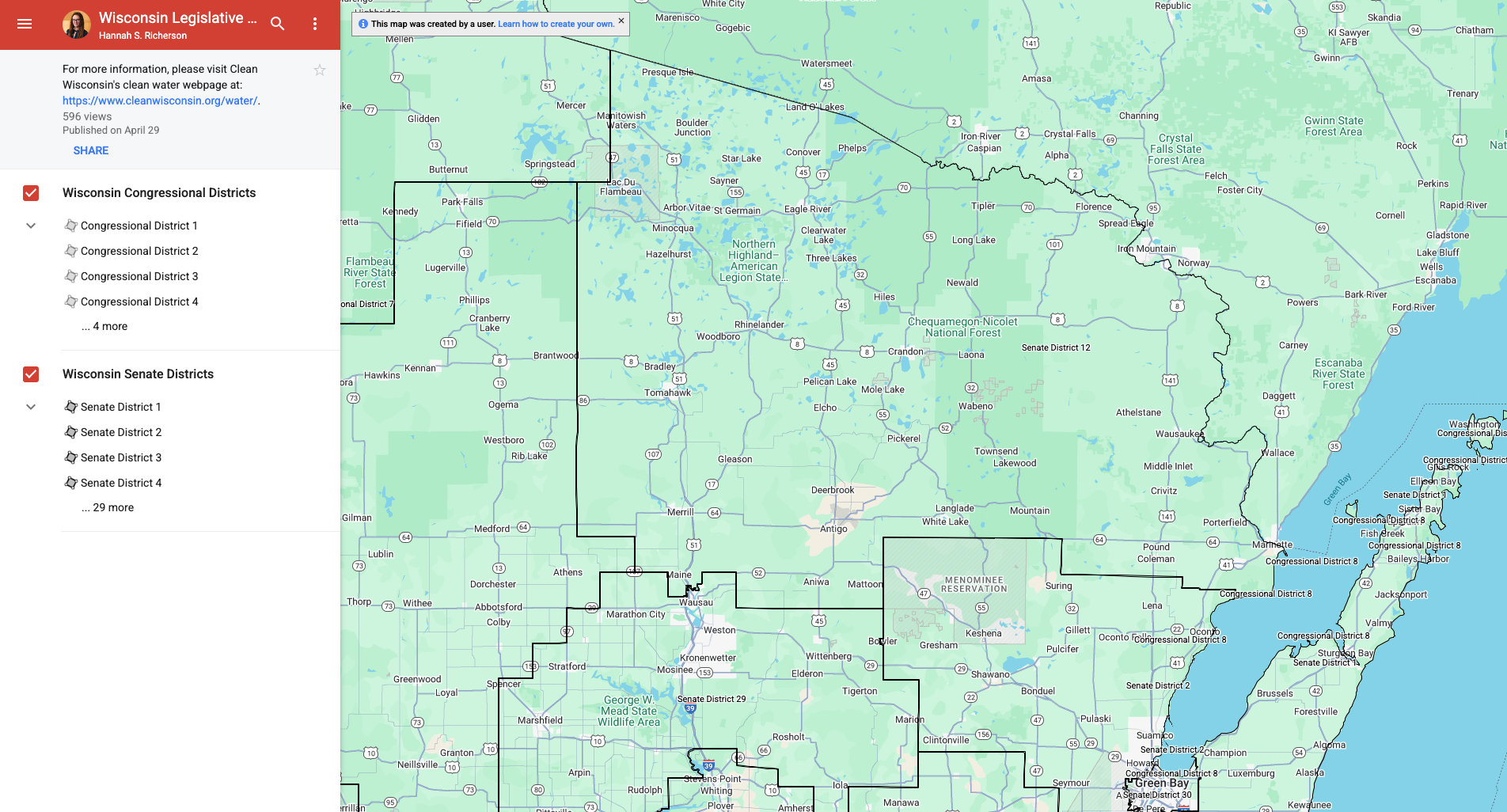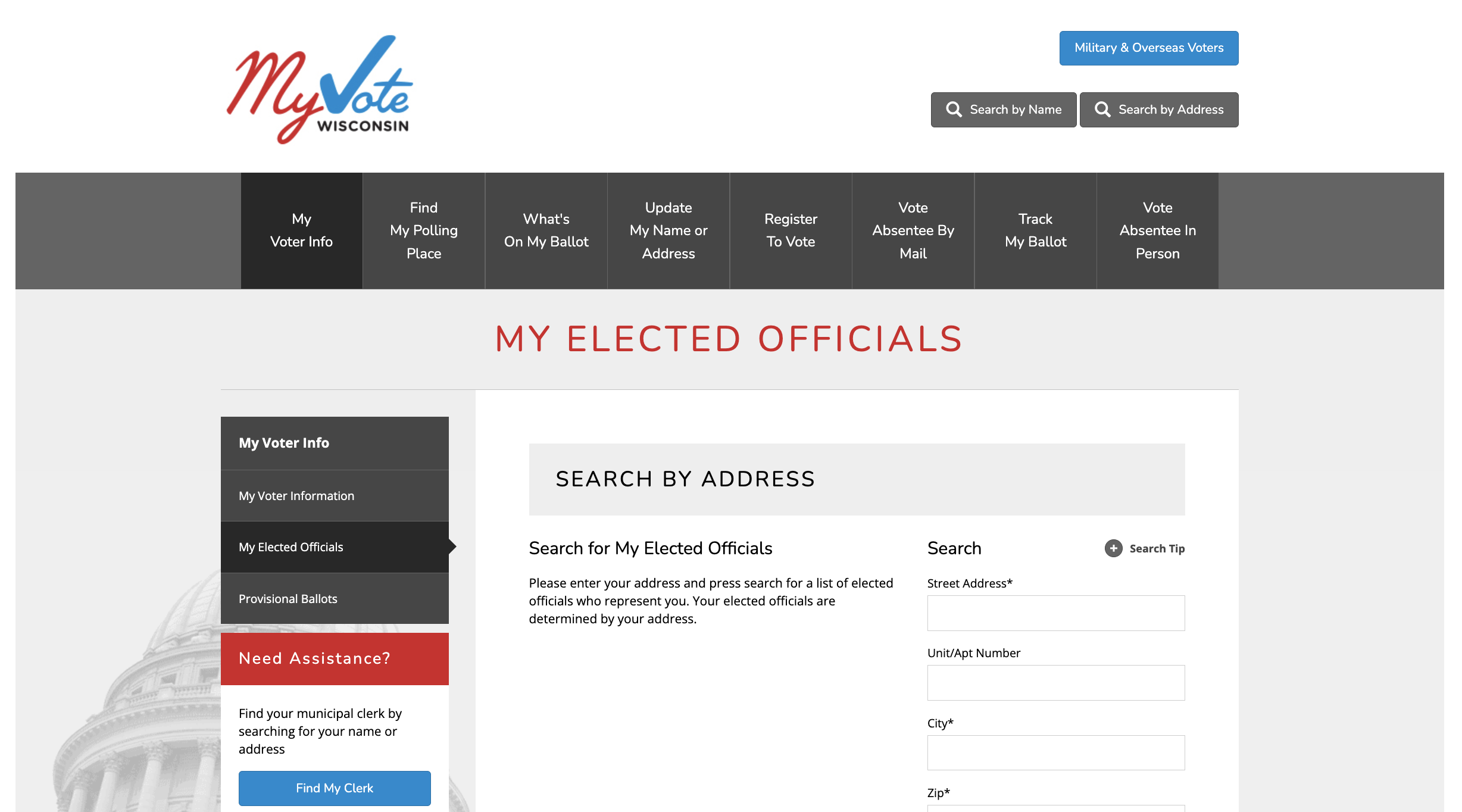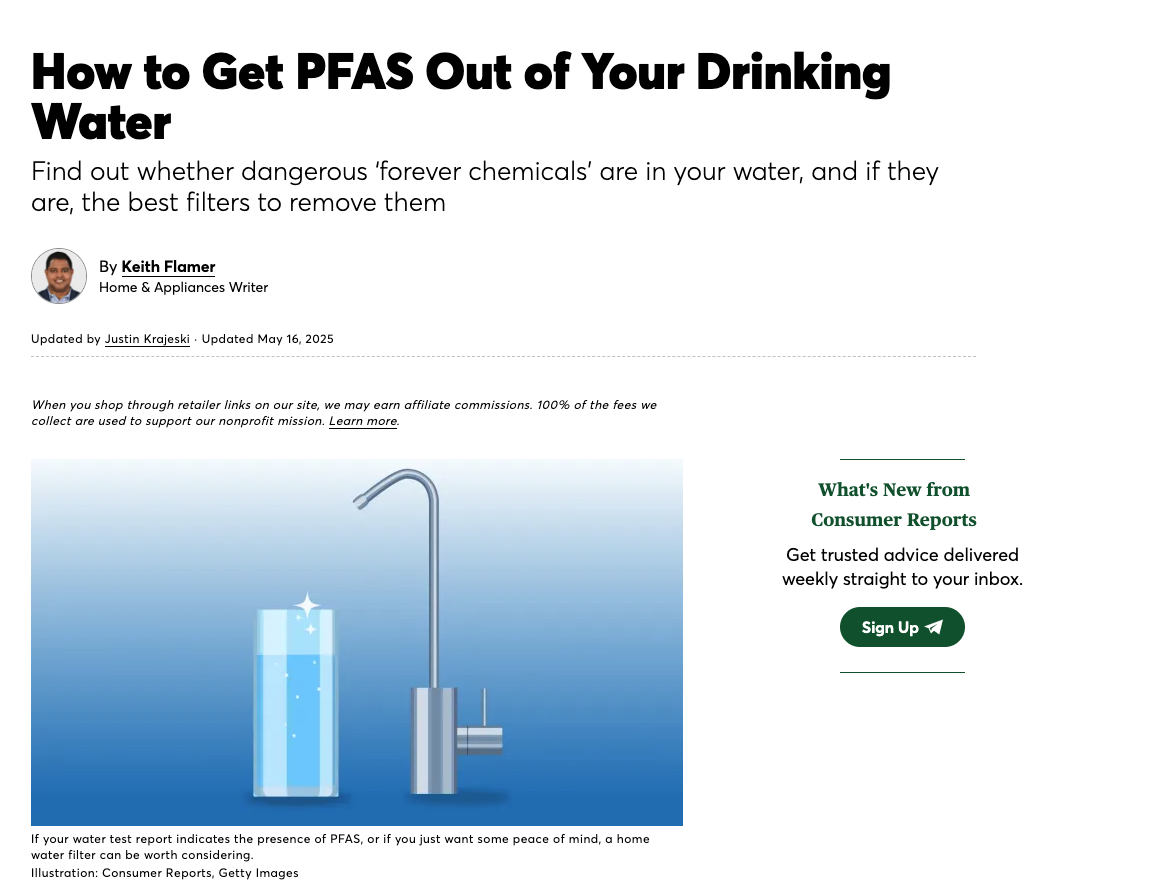
Protect Wisconsin’s Water: Take Action Now
PFAS pollution is harming Wisconsin’s water, soil, and communities. Use the tools below to take meaningful action—whether by signing petitions, seeking health advice, or contacting officials. Every step counts.
Protect Wisconsin’s Water: Take Action Now
PFAS pollution is harming Wisconsin’s water, soil, and communities. Use the tools below to take meaningful action—whether by signing petitions, seeking health advice, or contacting officials. Every step counts.
PFAS chemicals seep into Wisconsin’s groundwater, affecting private wells and aquifers that supply drinking water to communities.
Find out if PFAS is in your tap. Use online tools to search public test results or connect with certified labs to test your home or well water directly.
Not all filters remove PFAS. Use this guide to compare proven options and choose the best filter for your home.
Protect Wisconsin’s drinking water from PFAS. Add your name to demand stronger protections for clean, safe water.
Lakes, rivers, and streams across Wisconsin are vulnerable to PFAS pollution from industrial discharge, firefighting foam, and stormwater runoff.
Help the state and your community track PFAS contamination by submitting your positive water test results to the Wisconsin DNR.

PFAS Health Guidance
PFAS (per- and polyfluoroalkyl substances) are long-lasting chemicals that stay in the body and the environment for years. Even small exposures can build up over time.
-
Health risks linked to PFAS exposure include:
-
High cholesterol
-
Thyroid disorders
-
Ulcerative colitis
-
Kidney, testicular, and breast cancers
-
Reduced fertility and low birth weight
-
Testing may be helpful if you:
-
Live near a known PFAS contamination site
-
Rely on private well water that may be affected
-
Work in high-risk jobs (like firefighting or chemical handling)
What to know before testing:
-
Blood tests show how much PFAS is in your body now — not what caused it or what health effects may follow
-
Results don’t determine treatment, but can support health monitoring and personal decisions
-
Discuss testing with your doctor to weigh benefits, costs, and next steps
Note: In Wisconsin, PFAS blood testing is not currently mandated for insurance coverage. Talk to your healthcare provider about availability and potential costs.
-
PFAS blood tests report your levels in nanograms per milliliter (ng/mL). Here’s how to interpret them:
-
Less than 2 ng/mL – Adverse health effects are not expected
-
2 to less than 20 ng/mL – Possible effects, especially for vulnerable groups (e.g., children, pregnant people)
-
20 ng/mL or higher – Increased risk of health impacts; consider follow-up with your healthcare provider
These ranges help guide medical conversations, but they do not guarantee health outcomes. Always discuss your results with a clinician familiar with PFAS exposure.
-
If your PFAS levels are elevated, follow up with your healthcare provider. They may recommend routine monitoring or screenings such as:
-
Cholesterol and lipid panels
-
Thyroid function tests
-
Kidney function tests
-
Cancer screenings (especially testicular and breast)
There are currently no FDA-approved treatments to remove PFAS from the body, but some early evidence suggests the following may help reduce levels or support overall health:
-
Cholestyramine (a bile acid binder)
-
Phlebotomy (controlled blood donation)
-
A high-fiber, high-folate diet
-
Regular physical activity
Always consult your doctor before beginning any treatment or supplements.
-
While you can't eliminate PFAS exposure entirely, you can take steps to reduce it in your daily life:
Water
-
Use an NSF-certified filter designed to reduce PFAS
-
Avoid unfiltered private well water if contamination is suspected
Food
-
Choose organic when possible
-
Avoid microwaving food in plastic containers or wrappers
Household Products
-
Skip items with recycling codes 3, 6, or 7
-
Avoid nonstick, stain-resistant, or waterproof coatings unless labeled PFAS-free
Air & Dust
-
Wet mop floors and dust with damp cloths
-
Keep living spaces well ventilated
Personal Care
-
Check products using the EWG Skin Deep Database to avoid PFAS-containing cosmetics
-
PFAS blood levels in the general U.S. population have declined significantly over the past two decades.
Based on CDC data:
-
Median PFOS levels dropped by over 80% between 2000 and 2016
-
PFOA levels also declined, though less steeply
-
Most people still have detectable PFAS, but at lower levels than in the early 2000s
These trends reflect reduced industrial use and consumer exposure, but PFAS are still present in many environments.
-
How to Talk to Your Doctor About PFAS
-
Share known or suspected exposure sources (e.g., drinking water, firefighting foam)
-
Ask about blood testing availability and insurance coverage
-
Bring printed guidance (like the ATSDR or National Academies documents)
-
Discuss symptoms that may be linked to PFAS exposure
-
SEEK MEDICAL ADVICE
Understanding PFAS Exposure
PFAS chemicals are found in most people’s blood, but exposure is higher in certain groups — especially near contaminated water sources. Learn what testing can reveal, how to interpret results, and what to do if your levels are elevated.


Who to Contact:
Reach out to these key Wisconsin legislators about PFAS contamination and water safety.
Find your Local Legislator here.
Senator Mary Felzkowski (District 12)
Representative Jeffrey Mursau (District 36)
Senator Eric Wimberger (District 30)
Not sure what to say? Here are a few quick points you can use when calling, emailing, or meeting with officials.
-
"I'm concerned about PFAS contamination in our local water supply."
-
"I want stronger regulations and quicker cleanup timelines."
-
"Please support legislation that prioritizes public health and water safety."
-
"We need more transparency about where contamination is occurring."
-
CONTACT YOUR LOCAL OFFICIALS
Make your voice heard—local action drives statewide change.
PFAS contamination is a growing threat to Wisconsin’s groundwater. States have authority over 'groundwater' (i.e., well water), and the federal government has authority over 'drinking water' (i.e., water from a public utility), so if you have a water bill, your water is regulated by the federal government. State-level policies can significantly impact how well communities are protected. Reaching out to your local representatives and water utility providers helps build pressure for stronger PFAS regulations and cleanup standards.

TEST YOUR DRINKING WATER FOR PFAS
Make your voice heard—local action drives statewide change.
PFAS contamination affects drinking water across Wisconsin. States have authority over 'groundwater' (i.e., well water), and the federal government has authority over 'drinking water' (i.e., water from a public utility), so if you have a water bill, your water is regulated by the federal government. Use the tools below to check for reported PFAS levels in your area or explore detailed testing data by district. These resources can help you understand your risk and guide next steps.
EWG Tap Water Database
Enter your ZIP code to view test results for PFAS and other contaminants in public water systems across the country.
WI DNR – Certified PFAS Testing Labs
The Wisconsin DNR provides a list of state-approved labs that can analyze your home or well water for PFAS.

PFAS WATER FILTER GUIDE
Choose a filter that actually works.
PFAS contamination is a growing threat to Wisconsin’s groundwater. State-level policies can significantly impact how well communities are protected. Reaching out to your local representatives and water utility providers helps build pressure for stronger PFAS regulations and cleanup standards.

Protect Wisconsin’s Water: Take Action Now
PFAS pollution is harming Wisconsin’s water, soil, and communities. Use the tools below to take meaningful action—whether by signing petitions, seeking health advice, or contacting officials. Every step counts.
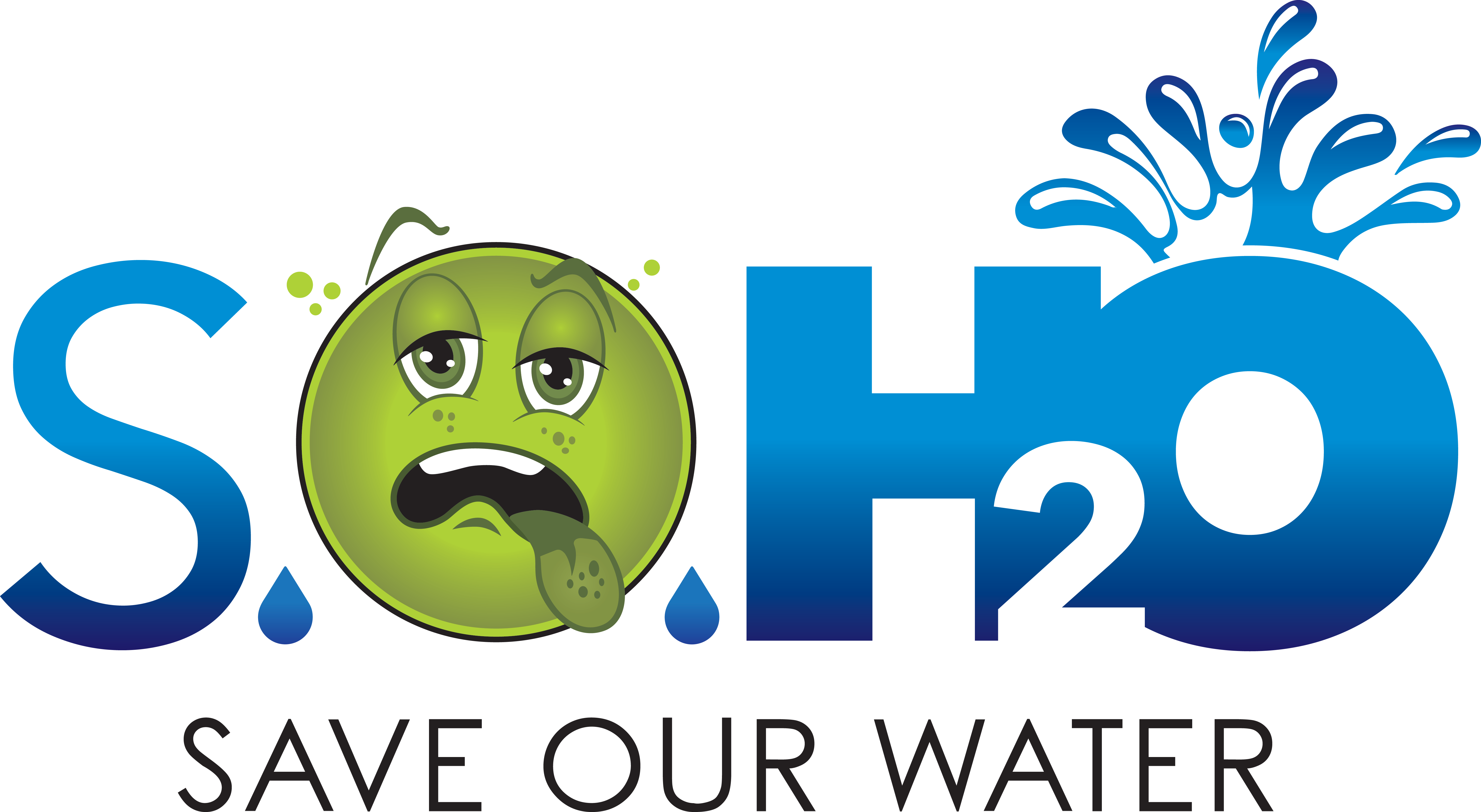


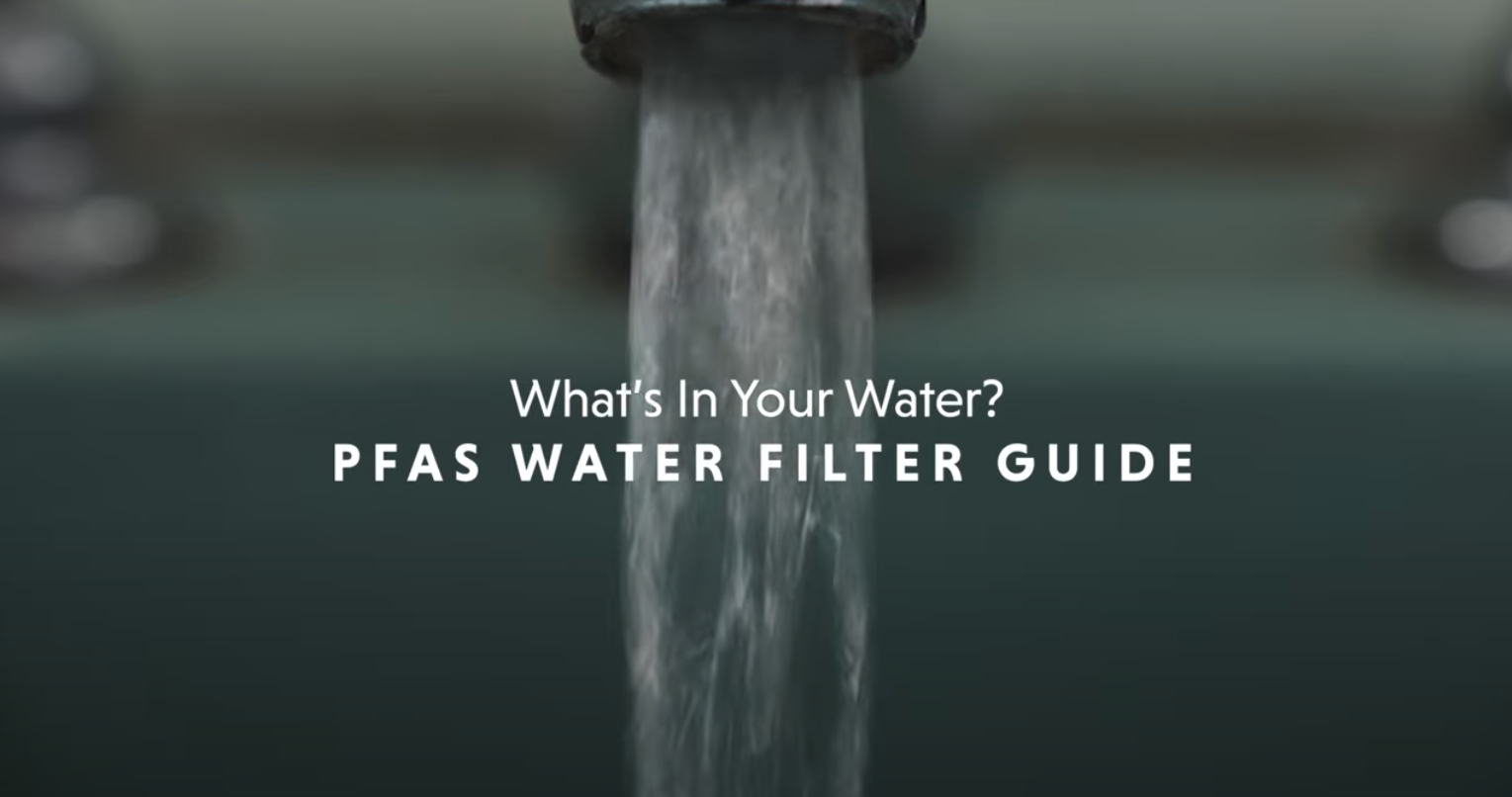












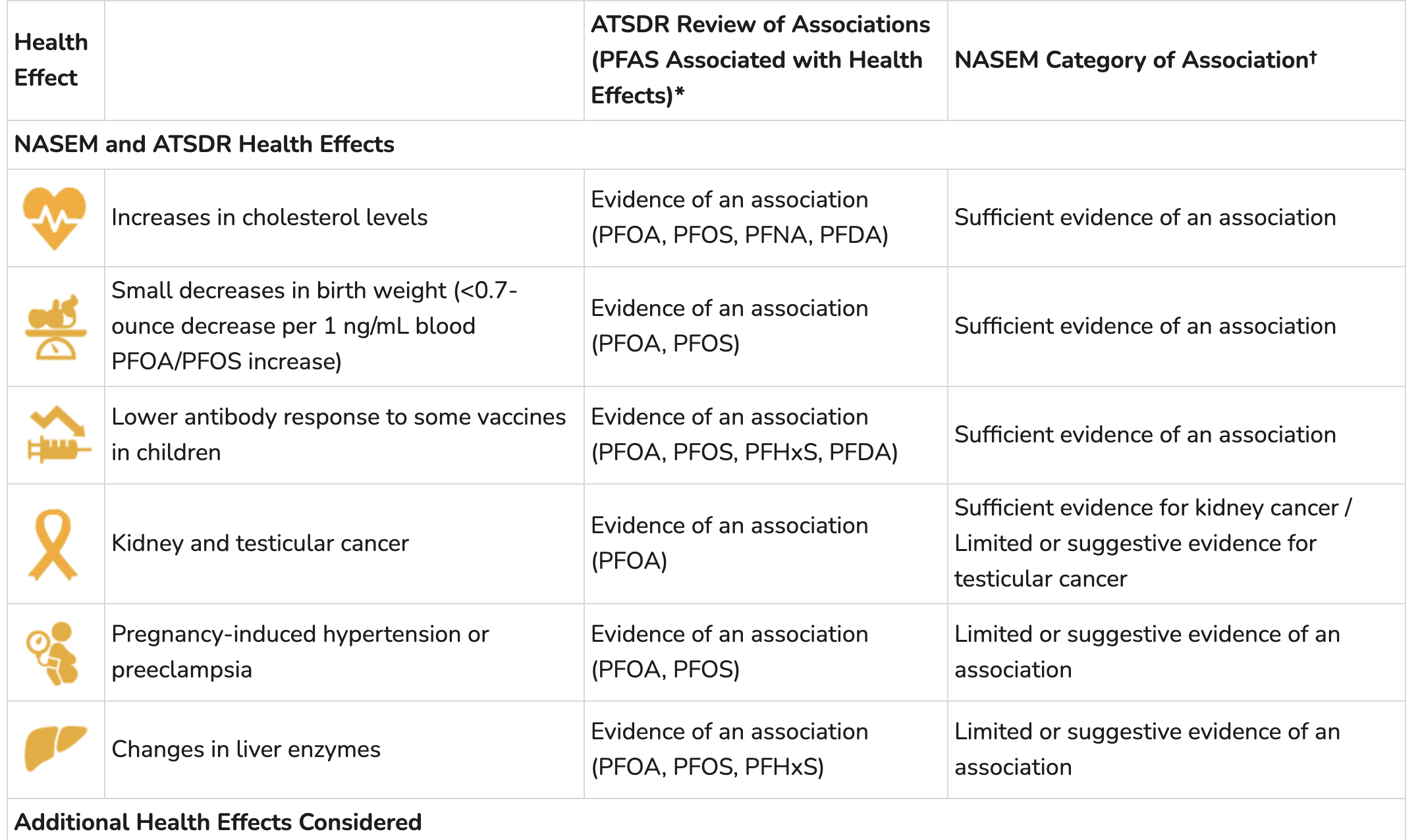
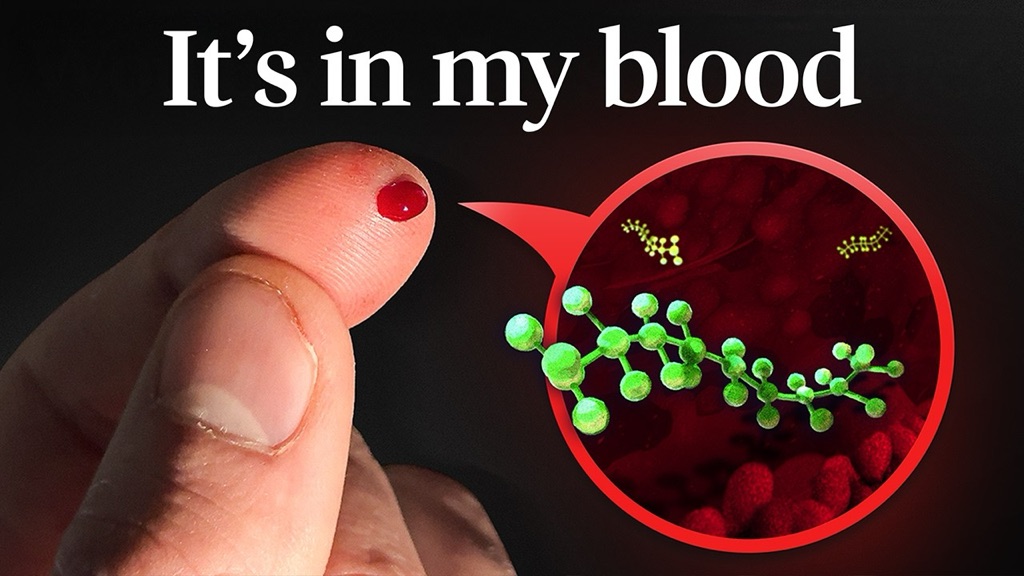
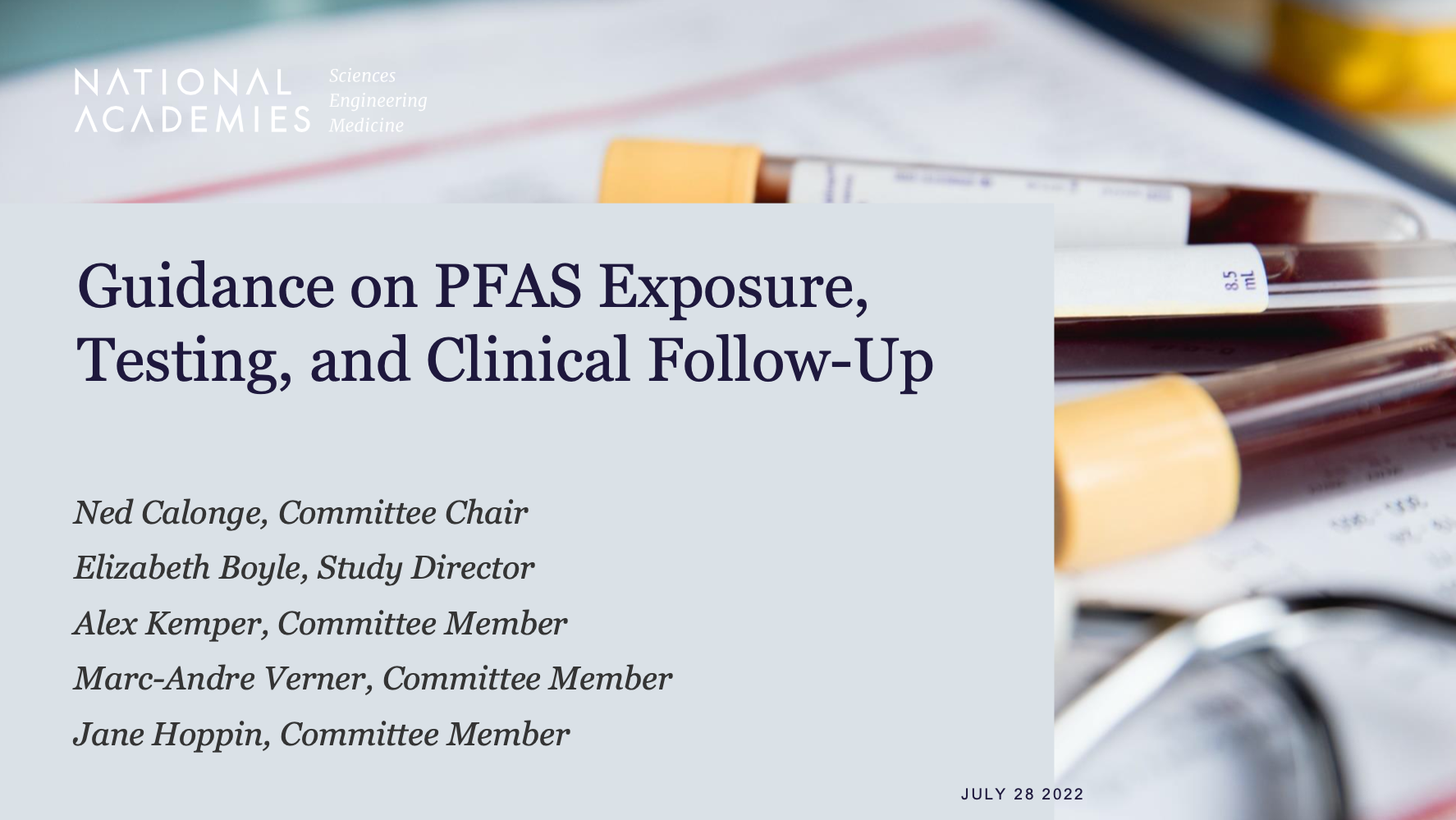
.png)





